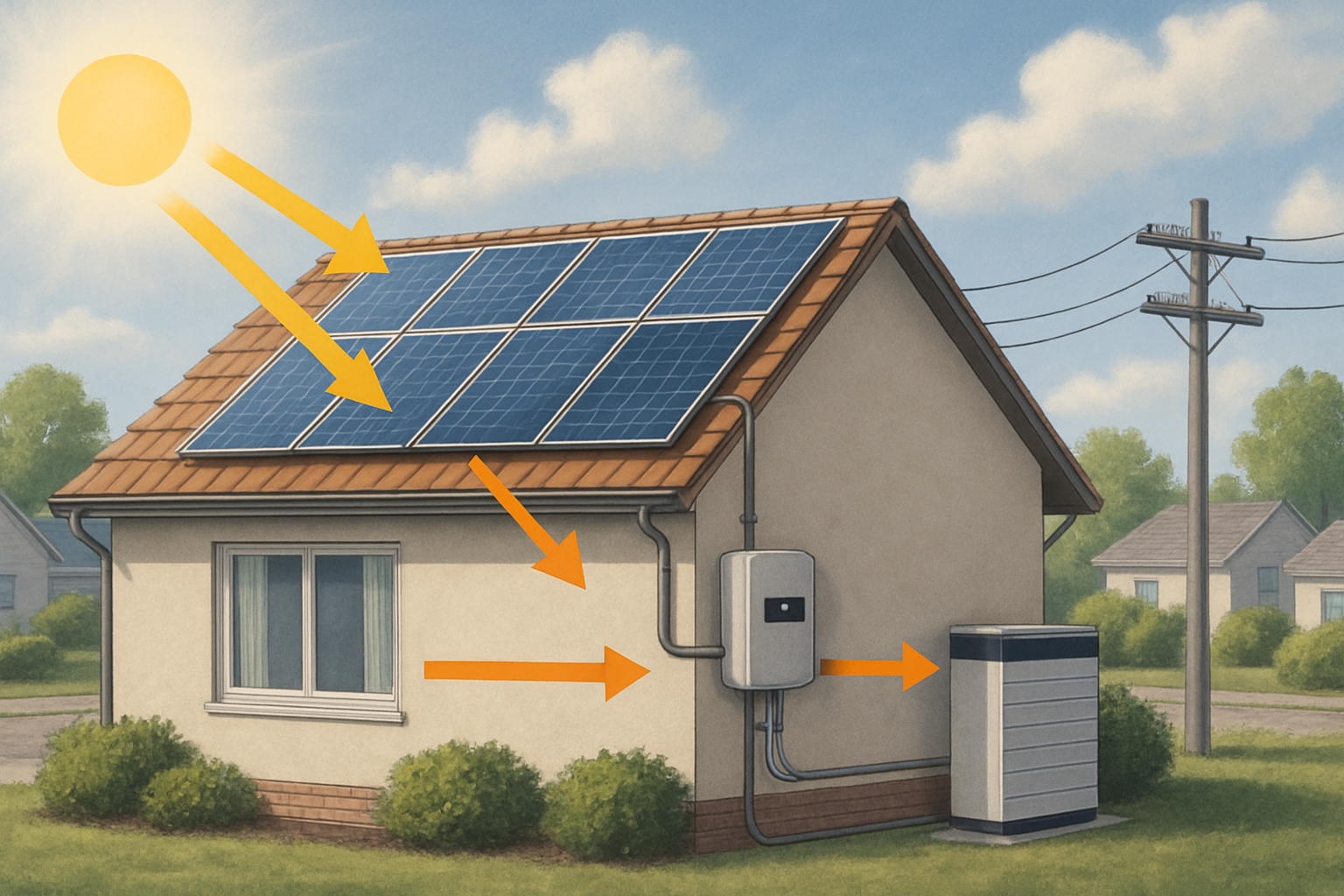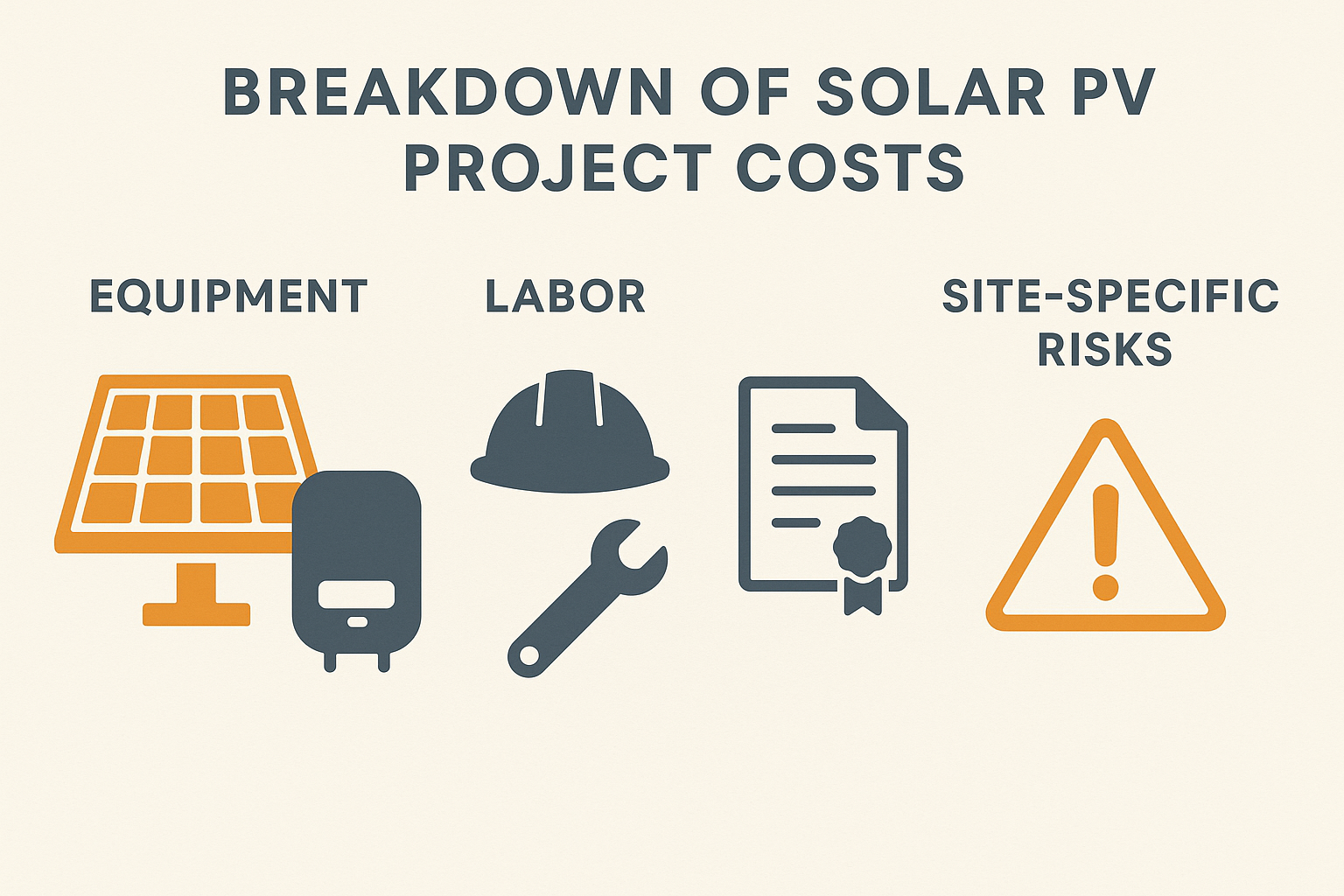The global shift towards renewable energy sources like solar photovoltaics (PV) is undeniable. Solar PV made significant headlines for power generation investment in 2022, with capital spending on new generation setting records each year. However, this expansion has also brought challenges, particularly concerning project costs. While factors like manufacturing capacity and material costs play a role, the often-overlooked aspects of permitting and inspection requirements significantly contribute to the overall price of solar installations.
The Impact of Permitting Delays on Project Costs
Securing the necessary permits for solar projects can be a lengthy and complex process, directly influencing project timelines and expenses. Each delay extends the period before a project can generate revenue, increasing financing costs and the overall investment risk for developers. This administrative burden is a key concern for investors and financiers, especially for renewable energy projects.
Extended Waiting Periods
Permitting processes vary significantly by region and local jurisdiction, often leading to substantial waiting times. For instance, the average permitting time in the United States has been around four years, while in Europe, it averages about two years. These extended periods mean that projects can remain in a "pipeline" awaiting approval for years, tying up capital and delaying the deployment of clean energy capacity. Europe, in particular, has seen substantial renewable capacity waiting for permits, with queues extending well beyond established limits.
Increased Administrative and Financing Expenses
Longer permitting cycles translate into higher administrative overheads. Developers must allocate more resources to managing paperwork, responding to inquiries, and navigating bureaucratic hurdles. Simultaneously, the cost of borrowing has increased as base rates rose to combat inflation, making project financing more expensive. This combination of prolonged timelines and rising capital costs puts upward pressure on the final price of solar PV installations.
Rigorous Inspections and Their Financial Implications
Once permits are secured, solar projects typically undergo multiple inspections to ensure compliance with safety codes, electrical standards, and structural requirements. While essential for safety and quality, these inspections, if not efficiently managed, can introduce further costs and delays.
The Challenge of Multiple Inspections
A solar installation typically requires several inspection stages: electrical, structural, and often utility interconnection approvals. Each stage demands specific documentation and adherence to stringent standards. Should an inspection reveal deficiencies, the project faces rework, re-scheduling, and subsequent re-inspections. This iterative process can significantly extend project completion times and drive up labor costs, as crews must return to the site multiple times.
Demand for Skilled Labor and Quality Components
Ensuring a smooth inspection process often depends on the quality of installation and the components used. High-performance, reliable equipment, such as advanced lithium iron phosphate (LiFePO4) batteries and integrated energy storage systems, can contribute to fewer issues during inspection. Our years of experience in the solar industry underscore the importance of precision and adherence to standards, which helps streamline the inspection phase. Projects utilizing robust solar inverters and well-designed residential energy storage solutions are less prone to issues that would trigger re-inspections, ultimately saving time and money.

Regional Responses and Policy Initiatives
Governments worldwide recognize the challenges posed by permitting and inspection bottlenecks and are implementing policies to accelerate clean energy deployment. These initiatives aim to streamline processes and reduce the financial burden on solar projects.
Policy Efforts in Key Markets
In the United States, the Inflation Reduction Act (IRA) represents a significant legislative milestone. It provides substantial financial support for low-emission technologies, including extensions to tax credits for solar PV and storage based on project investment costs and generation. These incentives help offset some of the inherent costs, including those related to administrative overhead.
Europe is also actively addressing these issues. The European Union aims to increase its renewable target for 2030 and has proposed a Net Zero Industry Act. This act targets domestic manufacturing of clean energy technology and seeks to simplify regulation, including fast-tracking the permitting process. Such policy changes are crucial for reducing the average permitting time and accelerating renewable energy deployment.
A Comparison of Average Permitting Times
Understanding the variations in permitting timelines across different regions highlights the impact of regulatory environments:
| Region | Average Permitting Time (Years) | Source |
|---|---|---|
| United States | ~4 | IEA World Energy Investment 2023 |
| Europe | ~2 | IEA World Energy Investment 2023 |
These figures underscore the need for continued policy reforms to reduce administrative delays and foster quicker solar deployment.
Strategies for Navigating Permitting and Inspection Hurdles
While external regulations are a factor, project developers and homeowners can adopt strategies to minimize the impact of permitting and inspection rules on PV prices.
Thorough Planning and Documentation
Detailed and accurate project planning is paramount. This includes comprehensive site assessments, precise system designs, and meticulous preparation of all required documentation. Completing permit applications accurately the first time reduces the likelihood of rejections or requests for more information, which can cause significant delays. Understanding local codes and requirements before submission is also critical.
Choosing Experienced Partners and Quality Solutions
Partnering with experienced solar installers who are familiar with local permitting offices and inspection processes can significantly streamline the project. Their expertise helps navigate complex regulations and anticipate potential issues. Furthermore, investing in reliable and high-quality solar products minimizes the chances of equipment-related failures during inspection. Our focus on providing robust and scalable energy solutions, including comprehensive home energy storage systems and efficient off-grid solar solutions, ensures that installations meet rigorous standards, helping you achieve energy independence with minimal hassle.
The Broader Economic Landscape
Permitting and inspection costs are part of a larger economic picture influencing solar PV prices. The overall levelized cost of electricity (LCOE) for solar PV and wind increased in 2022, after years of decline. This rise was influenced by factors such as increased financing and capital costs, as well as tight markets for materials and labor. For example, a global producer price index for solar PV modules showed prices were 20% higher in Q4 2022 compared to Q3 2020, though they began to decrease in early 2023.
While these broader economic forces impact prices, efficient permitting and inspection processes can mitigate some of the associated project cost increases. Streamlining these administrative steps helps keep solar energy competitive and accessible.
Moving Towards Energy Independence
The journey to widespread solar adoption requires addressing all factors that influence project costs, including the administrative burdens of permitting and inspection. By understanding these challenges and supporting policies that streamline processes, we can accelerate the transition to cleaner, more affordable energy. Our commitment to delivering reliable, high-performance energy solutions empowers individuals and communities to achieve greater energy independence, contributing to a sustainable future.





Leave a comment
All comments are moderated before being published.
This site is protected by hCaptcha and the hCaptcha Privacy Policy and Terms of Service apply.